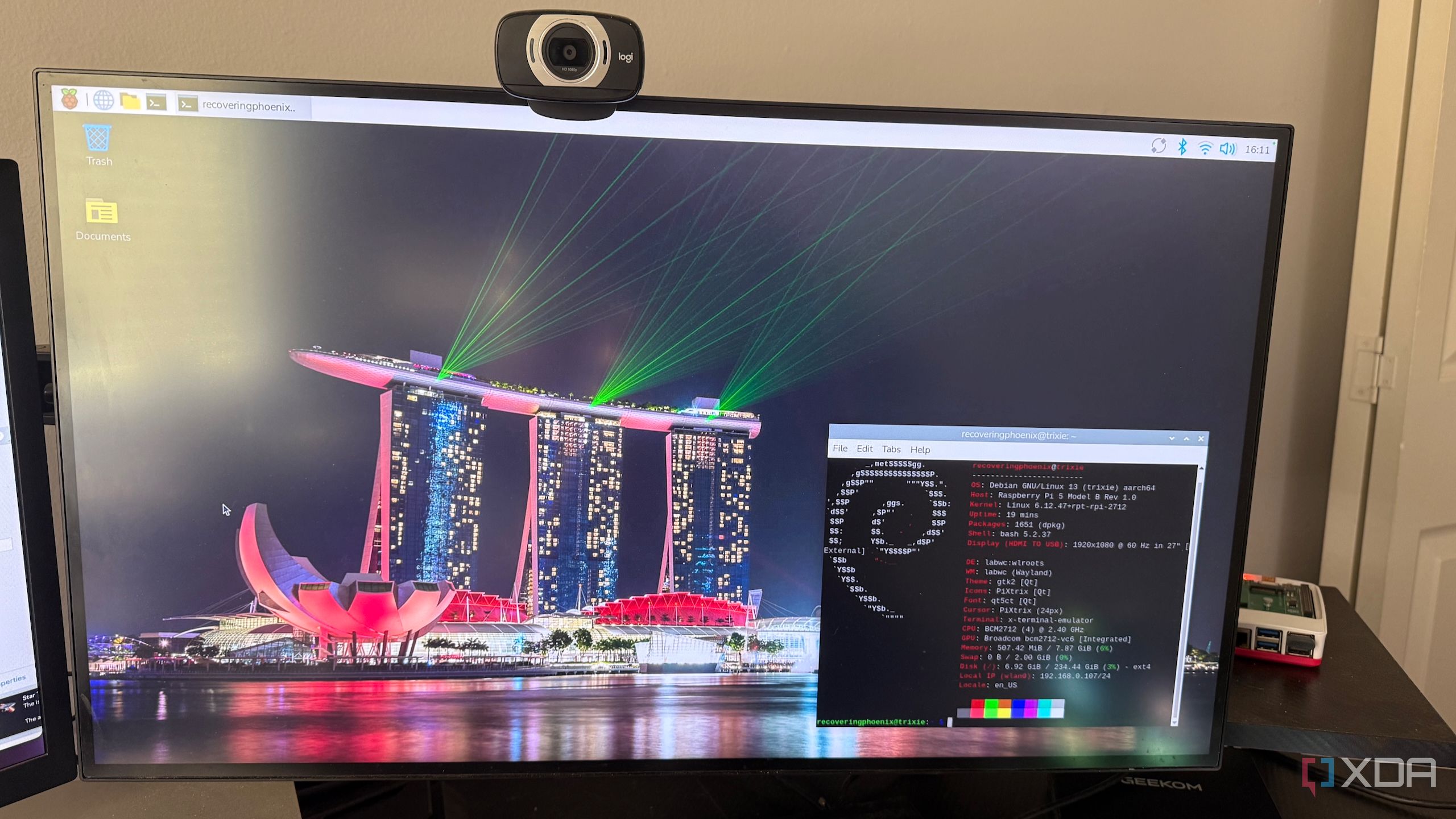Top Stories
Urgent Update: Major Shift in Open-Source vs. Source-Available Software

BREAKING: New revelations highlight a critical distinction in the software industry as companies blur the lines between “open-source” and “source-available” software. This urgent update exposes how transparency does not equate to freedom, impacting developers and users alike.
Today, the software community is grappling with the implications of this blurred terminology, as major players like Meta and Elastic redefine what it means to be “open.” Despite the visibility of their code, restrictions on commercial use and modifications are raising concerns about user rights and innovation.
Why This Matters NOW: The misunderstanding of terms affects not only developers but also everyday users who rely on genuine open-source software for their projects. The distinction between open-source and source-available software is crucial for ensuring true freedom and collaborative progress in the tech landscape.
Open-source software, protected under licenses like the GNU General Public License (GPL) and MIT License, empowers users to utilize, modify, and redistribute software without restrictions. In contrast, source-available software allows users to view the code but imposes limitations that hinder flexibility and community-driven growth.
Recent cases highlight the urgency of this issue. Meta’s Llama, a large language model, has been touted as an open-source initiative. However, its license forbids commercial use, disqualifying it from being truly open-source. Similarly, Elastic shifted from an open-source model to a source-available one, limiting redistribution and sparking fierce debate over corporate control in open projects.
These developments have significant implications for the software community. As companies prioritize business interests, users may find themselves trapped in proprietary systems that limit their rights. The erosion of open-source principles could lead to fewer contributors and decreased innovation, jeopardizing the collaborative spirit that defines the software movement.
A recent report from the Open Source Initiative (OSI) emphasizes the importance of clarity in licensing. Users are encouraged to check licenses carefully to determine whether software is genuinely open-source or merely source-available. OSI-approved licenses allow unrestricted use and modification, while licenses with caveats undermine the essence of open-source.
As the discussion intensifies, developers and users must remain vigilant. Supporting true open-source projects fosters a thriving ecosystem where collaboration and innovation flourish. Conversely, relying on source-available software often benefits a single organization, compromising the community’s collective progress.
What’s Next: The software industry must address these concerns head-on. Users should advocate for transparency and hold companies accountable for their claims. As the landscape continues to evolve, understanding the difference between open-source and source-available models will be crucial for safeguarding user rights and promoting sustainable development.
In this fast-changing environment, staying informed about licensing practices and supporting genuine open-source initiatives is essential. Only by doing so can we ensure that the digital world remains a space of freedom, creativity, and collaboration for generations to come.
-

 Sports1 week ago
Sports1 week agoSteve Kerr Supports Jonathan Kuminga After Ejection in Preseason Game
-

 Politics1 week ago
Politics1 week agoDallin H. Oaks Assumes Leadership of Latter-day Saints Church
-

 Lifestyle1 week ago
Lifestyle1 week agoDua Lipa Celebrates Passing GCSE Spanish During World Tour
-

 Business1 week ago
Business1 week agoTyler Technologies Set to Reveal Q3 2025 Earnings on October 22
-

 Entertainment1 week ago
Entertainment1 week agoZoe Saldana Advocates for James Cameron’s Avatar Documentary
-

 Science1 week ago
Science1 week agoChicago’s Viral ‘Rat Hole’ Likely Created by Squirrel, Study Reveals
-

 Lifestyle1 week ago
Lifestyle1 week agoKelsea Ballerini Launches ‘Burn the Baggage’ Candle with Ranger Station
-

 Health1 week ago
Health1 week agoRichard Feldman Urges Ban on Menthol in Cigarettes and Vapes
-

 Health1 week ago
Health1 week agoCommunity Unites for Seventh Annual Mental Health Awareness Walk
-

 World1 week ago
World1 week agoD’Angelo, Iconic R&B Singer, Dies at 51 After Cancer Battle
-

 Business1 week ago
Business1 week agoMega Millions Jackpot Reaches $600 Million Ahead of Drawings
-

 Business1 week ago
Business1 week agoMLB Qualifying Offer Jumps to $22.02 Million for 2024









